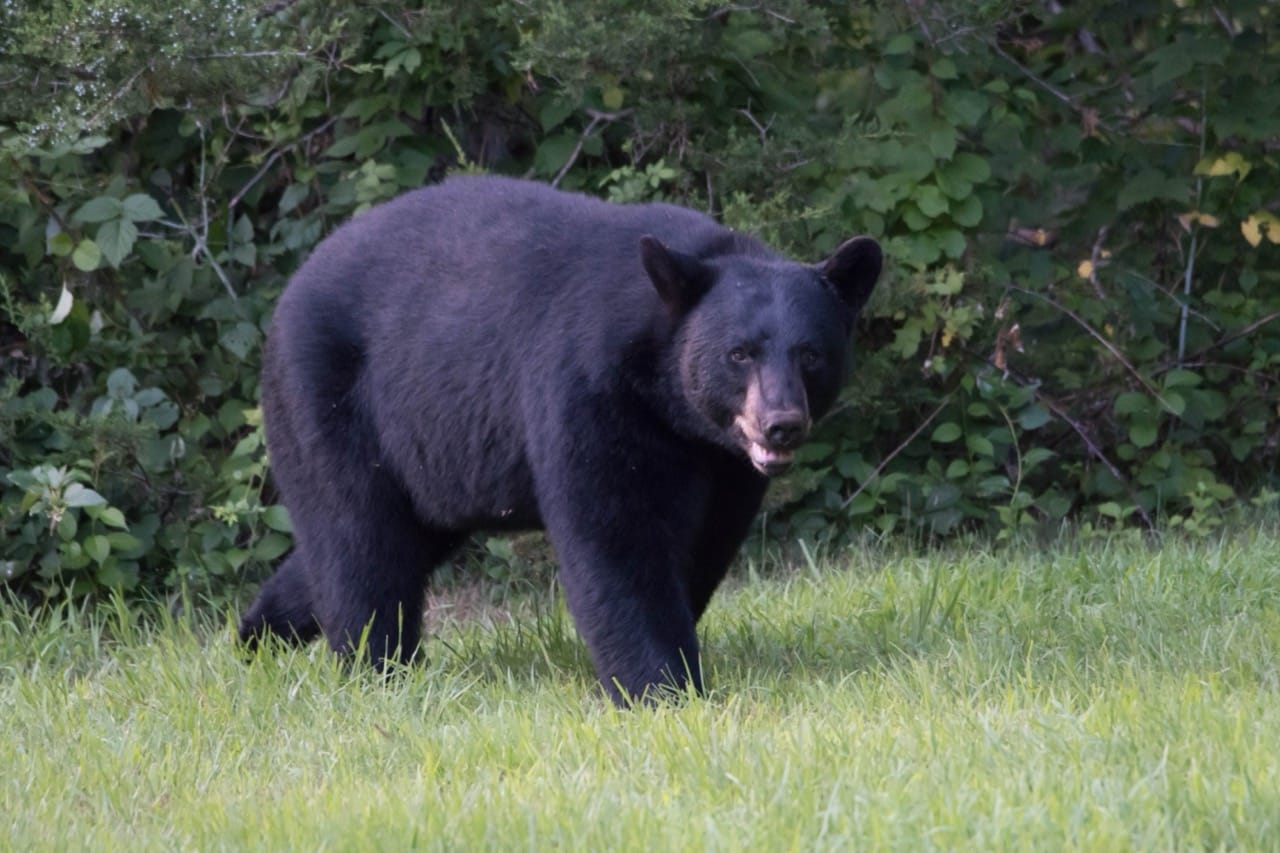The American black bear (Ursus americanus), with its distinctive black fur and powerful build, is an iconic symbol of North America’s wilderness. Despite their imposing presence, these creatures possess a complex and often misunderstood nature. This article explores the multifaceted life of the black bear, from its physical characteristics to its interactions with the human world, shedding light on why this animal captivates so many.
Characteristics / Physical Description
The American black bear is the smallest and most widespread of the North American bears. Typically, adults weigh between 100-600 pounds, with males generally larger than females. Their coats are usually black, although colors can vary from chocolate brown to cinnamon and even white in rare cases like the Kermode bear. Notable physical features include a straight face profile, rounded ears, and large non-retractable claws that are excellent for climbing.
Taxonomy and Classification
Belonging to the family Ursidae, the American black bear is classified under the genus Ursus with the scientific name Ursus americanus. The species is further divided into several subspecies, reflecting their diverse geographic distribution and habitat preferences. These subspecies include the Eastern, the Western, the Glacier, and the Mexican black bear, each adapted to specific environments.
Behavior and Social Structure
Black bears are primarily solitary animals, with females being particularly territorial. They are not as aggressive as often portrayed; rather, they are typically shy and will avoid human contact. During the winter, black bears enter a state of torpor, a form of light hibernation where their metabolism slows significantly, though they may wake and forage if disturbed or during unusually warm periods.
Habitat and Distribution
The American black bear inhabits a diverse range of forested regions across North America, from the dense rainforests of British Columbia to the swamplands of Florida. They are versatile in their habitat requirements but typically prefer secluded woodlands with abundant food sources and climbing opportunities.
Diet and Feeding Habits
Omnivorous by nature, the diet of black bears is highly variable and depends largely on seasonal availability. They consume a wide array of foods, including fruits, nuts, insects, and small mammals. They are also known to prey on deer fawns and moose calves and do not shy away from scavenging when the opportunity arises.
Breeding and Reproduction
Black bears have a reproductive cycle that includes delayed implantation. Females breed during the summer months, but the embryo only begins developing in the fall, ensuring that the cubs are born during the winter denning period. Typically, a litter consists of 1-3 cubs, which are born blind and helpless but grow quickly under the mother’s care, staying with her for about two years.
Relationship with Humans
Interactions between black bears and humans can lead to conflicts, particularly in areas where human populations encroach on bear habitats. However, with proper education and management practices, such as securing garbage and using bear-proof containers, these conflicts can be minimized. Black bears are sometimes hunted for sport, which is regulated to ensure populations remain stable.
Evolutionary History
The American black bear’s ancestors diverged from the Asiatic black bear around 4.08 million years ago. Their ability to adapt to various environments and climates has played a crucial role in their survival and distribution across North America, showcasing a remarkable evolutionary success.
Use as Research Animals
Black bears have been subjects in numerous scientific studies due to their ability to hibernate. Research on their hibernation physiology has implications for medical advancements in human medicine, particularly concerning osteoporosis and kidney disease.
From their secret lives in the dense forests to their surprising adaptability, the American black bear continues to be a subject of fascination and study, playing a crucial role in North America’s ecological balance.

